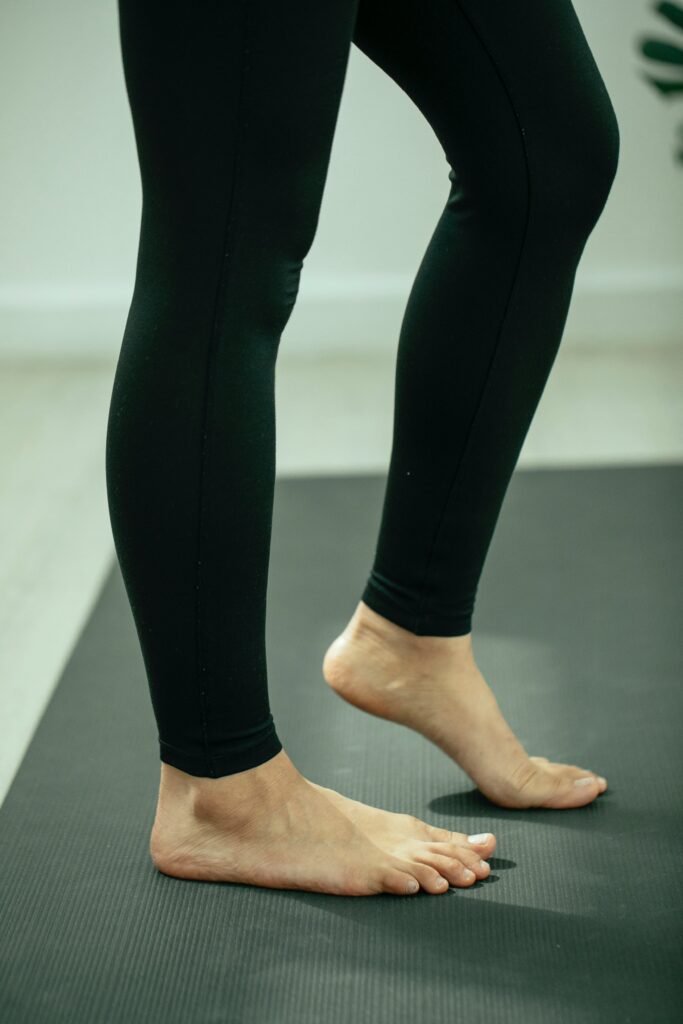You Have Diabetes. Now What?
So, you’ve just been diagnosed with diabetes. There’s a lot for you to manage. You must check your blood sugar, be active, stay on top of your medications, make healthy food choices, and so much more. It can be overwhelming, to say the least.
With so many things going on, your feet might be at the bottom of your priority list. However, approximately half of all people with diabetes have some sort of nerve damage, a common complication of diabetes. You might not be thinking about your feet at all. But you should be! Diabetic foot problems are a major health concern for someone with diabetes. If ignored, diabetic foot complications can cause hospitalization.
Daily care is the best form of prevention when it comes to foot complications and diabetes.
What is Neuropathy?
There are various types of neuropathy, but we’re going to focus on two:
- Diabetic neuropathy — nerve damage caused by diabetes. Over time, high blood glucose levels can damage your nerves.
- Peripheral neuropathy — a specific type of nerve damage that includes any nerve damage outside the central nervous system. Think of your feet, legs, arms, and hands.
Neuropathy can cause tingling, pain, and numbness in your feet. When you lose feeling in your feet, you will not feel things you usually would. Nerve damage can lower your ability to feel pain, heat, or cold.
That doesn’t sound too bad, right? But living without pain in your feet comes at a steep price. Pain is the body’s way of telling you something is wrong. You might not feel things like a small rock in your shoe or a blister on your foot. This can lead to cuts, sores, and even more serious issues if those cuts and sores become infected and turn into ulcers.
Factors That Increase Your Risk of Nerve Damage:
- High blood sugar levels that are difficult to manage
- Being overweight
- Being older than 40
- Having elevated cholesterol and/or high blood pressure
- If you’ve had diabetes for an extended period of time

How Can Diabetes Affect My Feet?
Diabetic foot complications are a common cause of hospitalization. Foot complications affect more than 20% of individuals with diabetes. Approximately 20% of patients with diabetes are hospitalized because of foot problems.
- Nerve Damage:
- Neuropathy in your feet can cause serious complications.
- Diabetes can cause blood vessels to narrow and harden, resulting in poor blood flow in your feet, which means small wounds like those once trivial blisters, calluses, and cuts on your feet might become infected and may not heal well.
- Chronic nerve damage can also cause dry and cracked skin on your feet which can allow bacteria to enter the foot and cause an infection.
- Charcot’s foot:
- While rare, nerve damage from diabetes can lead to changes in the shape of your feet.
- Charcot’s foot can start with redness, swelling, and a feeling of warmth in your foot.
- It is a progressive condition that is characterized by the gradual weakening of your bones, joints, and soft tissues of your feet and/or ankles.
- This can eventually lead to the bones in your feet and toes shifting or breaking, which can cause your feet to have an odd shape.
- While rare, nerve damage from diabetes can lead to changes in the shape of your feet.
Complications from diabetes can lead to painful open sores on your feet that don’t heal. If an infection doesn’t get better with treatment, you may need to be hospitalized. Part of your toe, foot, or leg may need to be amputated to prevent the infection from spreading to other parts of your body.
How To Prevent Serious Diabetic Foot Problems
Seeing your foot and ankle surgeon regularly for periodic foot exams can help prevent complications that can be caused by diabetes.
Here are some other things you can do to prevent serious diabetic foot problems:
- Check your feet every day — Check for cuts, blisters, swelling, redness, sores, corns, calluses, or any other change to the skin or nails. If you can’t see the bottom of your feet, ask someone for help! Or use a mirror if you prefer to perform the daily foot checks yourself. Call your doctor or podiatrist if you notice anything unusual.
- Wash your feet every day — Wash in warm water — not hot! And don’t soak your feet for too long. Dry your feet thoroughly after washing.
- Moisturize your feet — but don’t moisturize between your toes (we don’t want any fungal infections)! You don’t want your skin itching or cracking.
- Never go barefoot — Ever. Even when you’re inside, make sure to wear shoes and socks or slippers. Before putting your shoes on, make sure the lining is smooth and there isn’t anything, like a small rock, that can cause irritation.
- Cut your toenails carefully — trim your toenails straight across and smooth sharp edges with a nail file.
- Get your feet checked! Your local podiatrist will be happy to examine your feet. They can help remove corns and calluses, and help trim your toenails.
- Don’t remove corns and calluses yourself — visit your podiatrist.
- Wear clean, dry socks and change them daily.
- Wear shoes that fit well. Always wear socks with your shoes. When breaking into your new shoes, do so slowly.
- Keep your feet warm and dry.
- Don’t smoke — smoking restricts blood flow to your feet.
- Get moving! Exercise is excellent for poor circulation as it stimulates blood flow in the legs and feet.
- Diabetic shoes and insoles — your podiatrist may recommend you use diabetic shoes and/or inserts. These custom orthotics and/or shoes can help prevent ulcers, protect the anatomic integrity of your feet, and control the pressure of the foot.

Why Choose a Podiatrist?
If you’re a diabetic, you can prevent serious foot complications by being mindful of your feet and your diabetes. It’s important to work with your diabetes care team to help manage your blood sugar, blood pressure, and cholesterol.
Foot and ankle surgeons are the leading experts in foot and ankle care. They have extensive training as doctors of podiatric medicine (also known as podiatrists, foot and ankle doctors, or DPMs) and are board-certified surgical specialists with more education and training specific to the foot and ankle than any other healthcare professional. They deal with the prevention, diagnosis, and management of foot problems every day.
You can trust your podiatrist to treat any conditions that affect the foot or ankle, whether simple or complex. From custom orthotics to diabetic foot exams, to any surgery required because of diabetic foot complications, your foot and ankle doctor will be a valuable member of your diabetes care team.
All our podiatrists at Western Montana Foot and Ankle would be happy to help you on your diabetic care journey.
